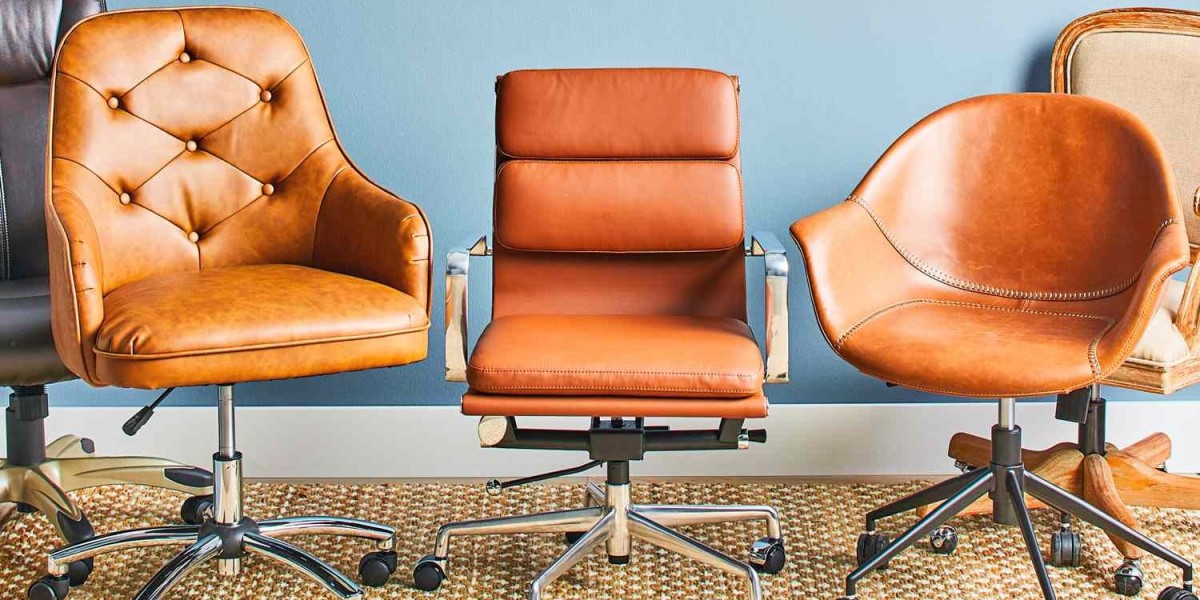Choosing the perfect desk for your home office is essential for creating a productive and comfortable workspace. The right desk can improve organization, enhance your focus, and support your overall well-being. Here are some key considerations to guide you in selecting the best desk for your home office:
1. Determine Your Workspace Needs
The first step in choosing the right desk is to assess how you'll use it and what your specific needs are:
- Type of Work: Do you need space for a computer, paperwork, or both? If you work with multiple monitors or have a lot of documents, a larger desk with more surface area might be necessary.
- Storage Requirements: If you need easy access to files, supplies, or equipment, look for a desk with built-in drawers, shelves, or compartments.
- Minimalist Needs: If your setup is simple, a smaller, streamlined desk without extra storage may be ideal.
2. Choose the Right Size
The size of your desk is critical for fitting your workspace while providing enough room to work comfortably:
- Measure Your Space: Before buying a desk, measure the available space in your home office to ensure the desk will fit without overcrowding the room.
- Consider Depth and Width: Ensure the desk is deep enough for your computer and work materials but not so large that it becomes overwhelming.
- Ergonomics: You should have enough space under the desk to sit comfortably with your legs at a 90-degree angle and enough room on the desktop to avoid clutter.
3. Select the Right Desk Type
There are various types of desks designed to suit different work styles and home office layouts:
- Writing Desks: Simple, sleek desks with a flat surface, ideal for laptops and light paperwork. Best for minimalist setups.
- Computer Desks: Designed with enough surface space for a computer, monitor, keyboard, and accessories. Some include features like cable management or built-in shelves.
- L-Shaped Desks: Great for maximizing space in a corner and providing more surface area for multitasking.
- Standing Desks: Adjustable-height desks that allow you to alternate between sitting and standing, promoting movement and reducing strain during long work hours.
- Executive Desks: Larger, more traditional desks with ample surface space and storage, suitable for those who need room for documents, equipment, and displays.
4. Consider Ergonomics
A desk that supports good posture and comfort can make a significant difference in your productivity and physical well-being:
- Desk Height: Standard desk height is around 28-30 inches. Ensure your desk is at a height where you can work comfortably, keeping your arms at a 90-degree angle when typing.
- Knee Space: You should have enough clearance under the desk for your legs to move freely without feeling cramped.
- Desk with Adjustable Features: Consider a desk with adjustable height or tilting options to find the best position for your work.
5. Material and Style Preferences
The material and style of your desk should complement your home office design while being durable and functional:
- Wood Desks: Traditional and sturdy, wood desks offer a classic look and come in various finishes. Solid wood desks are durable but heavier, while engineered wood is more affordable.
- Metal Desks: These offer a modern, industrial look and are typically durable and easy to maintain.
- Glass Desks: Sleek and stylish, glass desks create a modern, minimalist aesthetic. However, they may require more cleaning and can be prone to scratches.
- Laminate or MDF Desks: Affordable and versatile, these materials mimic the look of wood while being more lightweight and budget-friendly.
6. Storage Options
Evaluate your storage needs and choose a desk with enough built-in options to help you stay organized:
- Built-In Drawers: Desks with drawers provide space for office supplies, documents, and other items that need to be kept out of sight.
- Shelves or Hutch: Desks with shelves or hutches offer additional vertical storage, maximizing space while keeping important items within reach.
- File Cabinets: If you handle a lot of paperwork, a desk with integrated file cabinets can help keep documents organized and accessible.
7. Cable Management
Modern workspaces often involve multiple devices and cables. Choosing a desk with built-in cable management can help keep your workspace organized:
- Cable Grommets: Desks with built-in grommets or holes allow you to neatly route cables, reducing clutter.
- Hidden Compartments: Some desks come with hidden compartments or trays to help manage power strips and cords discreetly.
8. Budget Considerations
Desks come in a wide range of prices, so it’s important to set a budget based on your needs:
- Quality vs. Cost: While it's tempting to choose a cheaper desk, investing in a higher-quality option can provide better durability and comfort in the long run.
- DIY or Custom Desks: If you're working with a tight budget, consider building a custom desk with affordable materials or purchasing a second-hand desk that fits your needs.
Conclusion
Choosing the perfect desk for your home office involves careful consideration of your space, work requirements, ergonomics, and personal style. Whether you need a compact writing desk for a minimalist setup or a standing desk for health-conscious productivity, finding the right fit can enhance your comfort and efficiency. By considering the size, type, material, and features of the desk, you can create a workspace that boosts productivity while complementing your home office environment.







